White fir: description, recommendations for growing and reproduction
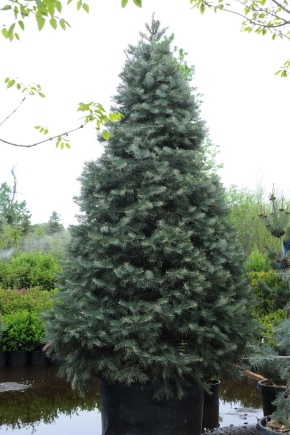
Conifers have always attracted with their beauty and rich refreshing aroma. Fir has gained particular popularity among amateur and professional gardeners. It is a powerful tree with a lifespan of about 400 years and a height of up to 70 meters.
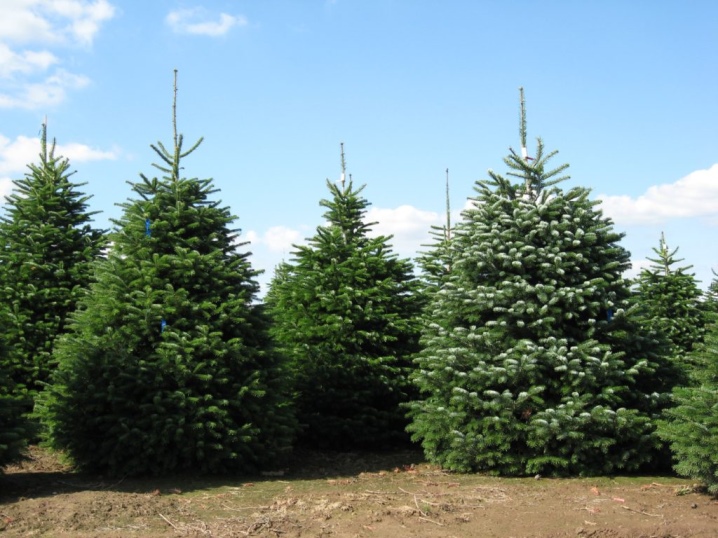
Botanical description
Fir is a fairly common coniferous beauty, it can be found anywhere in the world. Belongs to the pine family, the plant is monoecious, dioecious. It is widely used for landscaping park areas and personal plots. It differs from its counterparts in its particular fastidiousness to growing conditions. In the northern regions of our vast country, it takes root with great difficulty. Distributed in Central and Southern Europe, where it feels perfect. Thanks to this areola of growth, it received a different name - European fir.
It is an evergreen coniferous tree with a silvery-gray smooth bark. With age, the bark becomes coarser and cracked. The shape of the crown also depends on the number of years. Young fir has a pointed crown, similar to a pyramid. By the middle years it becomes oval-pointed. In adulthood, the shape of the top becomes dull. Branches from the trunk grow horizontally, slightly raised upward.
The needles are dark green with two white stripes below, shiny, short in length - 2-3 cm. On the twigs, the needles are located in the same plane, comb-like. The ends of the needles are blunt. Young buds are green in color. Ripening, they acquire a dark brown color, sometimes with a red tint with protruding scales. The shape of the cones is oval-cylindrical. About 16 cm in size.
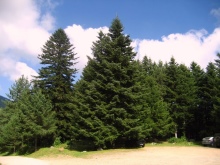

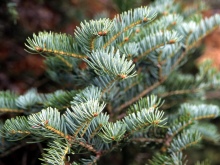
Overview of varieties
Among other conifers, fir is distinguished by an unusually clear silhouette in the form of a candle. Cones stand out for their special decorative effect. Whatever the variety of fir, each is interesting and attractive in its own way.
- White fir "Pyramidalis" has a conical shape. In a single fit, it looks especially impressive. It is a slow growing tree. Reaches a height of 5 meters in 30 years. Grows in full sun and partial shade. Prefers a humid climatic zone. Fir is susceptible to dry frosty winds and spring frosts.
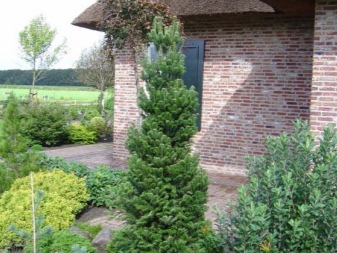
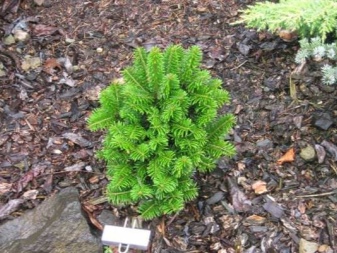
- Arnold's fir "Jan Paul II" is a fast-growing plant (10 meters in 30 years). One of the most beautiful trees with unusual color of needles. The upper part is yellowish green and the lower part is white. Photophilous, tolerates slight shading. Grows best in fertile soils. Looks great both in a single planting and in coniferous compositions.
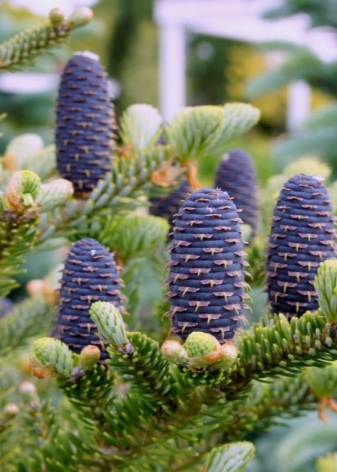
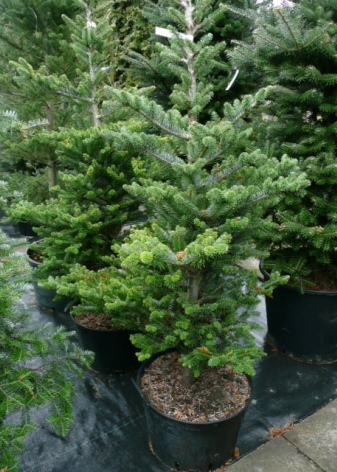
- The monochromatic fir has a regular conical crown and is a fast-growing specimen. For 30 years it grows up to 10-12 meters. It is considered a long-liver. The needles of the needles are long - up to 8 cm, with a mixed shade of gray-bluish-green with a delicate lemon scent. The tree is light-requiring, shade-tolerant, drought-resistant and frost-resistant. The peculiarity of the monochromatic fir is its endurance. It can withstand even the polluted city air. Not particularly demanding on the soil. The main thing is to avoid clay and swampy soils.
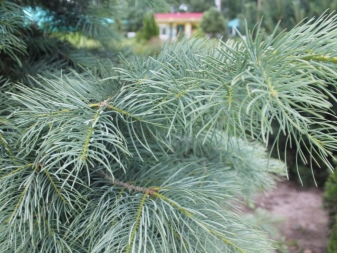
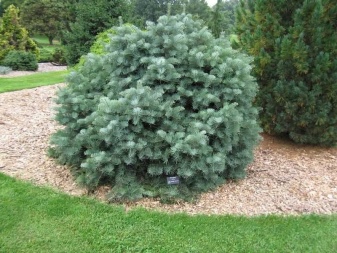
- Korean fir is a slow-growing variety. For 30 years, the height reaches 3-4 meters. The needles are short, green, slightly glossy. On the back side, the needles have a white tint. Cones of an unusual violet-blue color. Quite demanding in care, especially to the composition of the soil.Requires slightly acidic or slightly alkaline soil for growth. Good lighting is essential for growth.
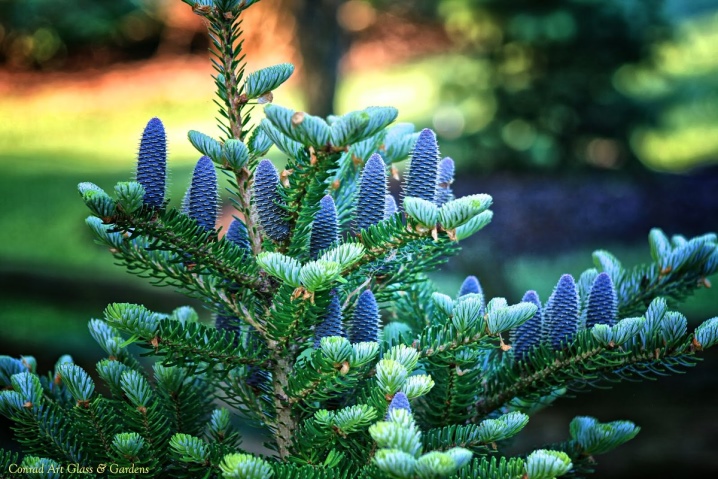
Care and landing
Before planting a given centenarian, decide on a permanent place. The plant is huge in size and does not tolerate transplantation very well. In the southern and middle lane, European fir feels quite comfortable due to the favorable climatic conditions. The tree grows well in full sun. However, for young seedlings, the best landing site will be partial shade. In the sun, delicate needles get burned. In the summer-spring period, trees will have to be sheltered from the scorching rays.
European fir is demanding on the composition of the soil. Prefers loose, moist sandy loam or loamy soil with a weak or neutral acidity level. There must be good drainage to prevent stagnation of water, and mulching with coniferous bark or pine litter to retain moisture.
The best time to plant seedlings is spring. The pit must be prepared in the fall by adding humus, peat and sand. In size, it should correspond to the volume of the root system along with the earthy clod. It is best to purchase container-grown fir. This way the roots are least damaged during planting and take root better.
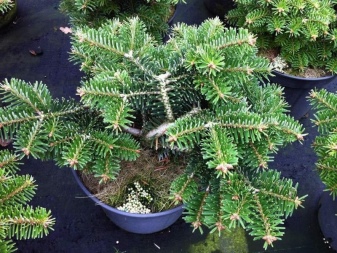
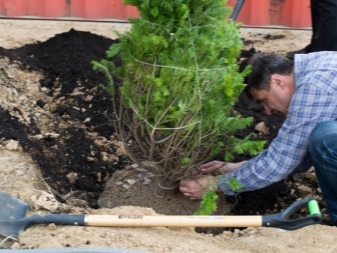
The tree is moisture-loving. Needs abundant watering up to 3 times per season. In dry times, it increases up to 5 - 7 times. One watering takes about 15 liters of water for each plant.
Since the fir has an extremely negative attitude to dry summer air, it is advisable to spray the top of the crown about 1 time per week. The tree also has a negative attitude towards shearing. It is enough to remove dry, frozen and pest-damaged branches.
In the first year of rooting, the plant does not require feeding. Then you can use special fertilizers for conifers. Adult plants over 10 years old do not need feeding at all.

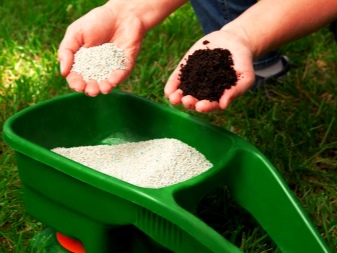
Young seedlings are vulnerable to frost. They need to be covered for the winter, especially the trunk, with dry foliage, grass or straw. Thickness - at least 10 cm.
Reproduction
The best way to propagate is by cuttings. Trees that are at least 5 years old are selected, shoots of one year old with one bud at the top with a so-called heel (a piece of bark) are torn off. Cuttings length - 5-8 cm. It is better to root cuttings during intensive growth - in May-June.
Before planting in harvested cuttings, remove the burrs from the heel and treat it with a preparation against fungal diseases. Also, be sure to use means to stimulate the development of the root system.
Use a nutritious soil. After planting, water liberally and cover with plastic. Place the cuttings in a bright spot. Air every day. In spring and autumn, watering is moderate, once a day. Water more often in summer. Rooted cuttings can be planted in a permanent place in a year.
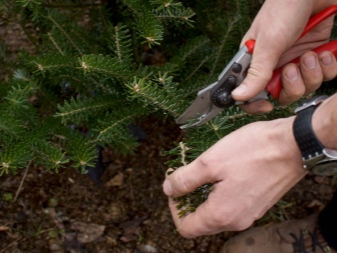

Fir seed propagation is laborious, while the plant for the most part loses its varietal characteristics. Seeds should be germinated in March. To begin with, they are prepared. They collect the cones, dry them, take out the seeds, or you can buy ready-made ones. Then they are soaked in a weak solution of potassium permanganate for 30 minutes, washed and soaked again for 1 day. After swelling, they are sown in wet sand and refrigerated.
This procedure mimics the natural environment, increasing the chances of seed germination.
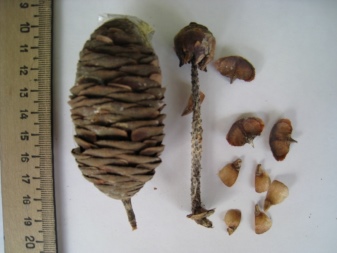
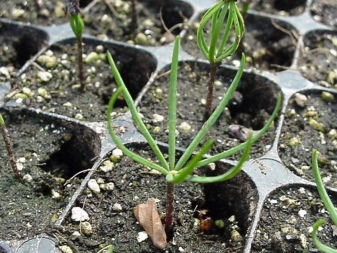
In mid-April, they can be planted in sandy loam soil. A layer of needles sawdust is poured into the filled container - 2 cm, the seedlings are laid out and sprinkled with sawdust on top again. Cover with foil and place in a warm, bright place. The first shoots appear in a month. The top layer of sawdust is removed, moderate watering and loosening of the soil are continued. They also feed the sprouts with fertilizers. In open ground, seedlings from seeds are planted at the age of 4 years.
For an overview of white fir, see the next video.



































































My fir in 99% of cases did not take root.
The comment was sent successfully.